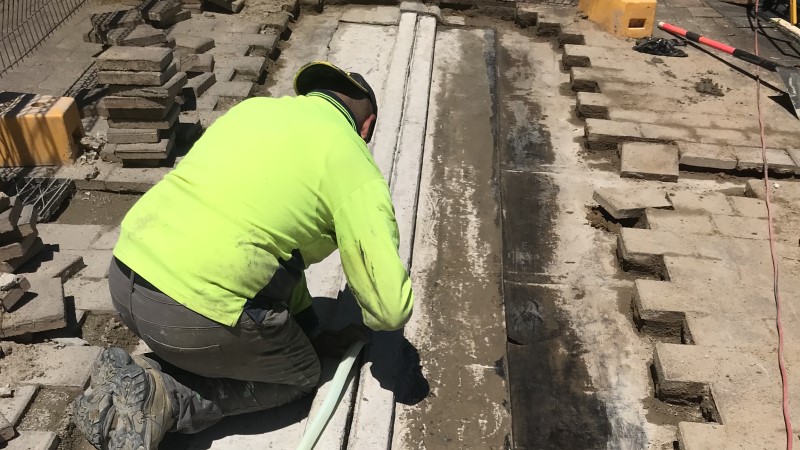
Damage to any concrete surface in, under, or around your property may come from several sources. The primary causes of damage begin in the soil under the concrete and other structures on your property. However, climate can also play a huge role in damaging your concrete.
Soil-Related Issues
The soil underneath your concrete is just as important as the overall strength of its foundation. Some might even argue that it is more important. Concrete rests on this soil and relies on its overall stability, just as your property depends on its foundation. Soil-based issues may show signs of instability and erosion. If the soil under the concrete is poorly compacted, it may start to shift and settle, leaving voids between the ground and your home.
Climate-Related Issues
Climate-related issues may affect concrete from either below (through the soil) or above (direct contact with the concrete). Primary climate factors that result in concrete cracks and sinking, demanding concrete repairs are extreme dehydration, excess moisture, and frost heave. If the climate is humid or wet, the total amount of water in the soil may vary drastically. Incredibly damp soil will lead to subsidence in all forms of structures. The process of sinking will result in cracking and excessive drop.

Seek Professional Help
If you notice any signs of cracking or sinking of your concrete structure and don’t know what to do, you must contact professionals. Concrete repairs often require a lot of training and experience, especially if you wish to have long-lasting results.
With the help of professionals, you can bring the strength of your concrete structure back to normal in no time. Professionals will also help you understand what caused the damage in the first place and give you suggestions on how you can prevent such issues from occurring in the future.



